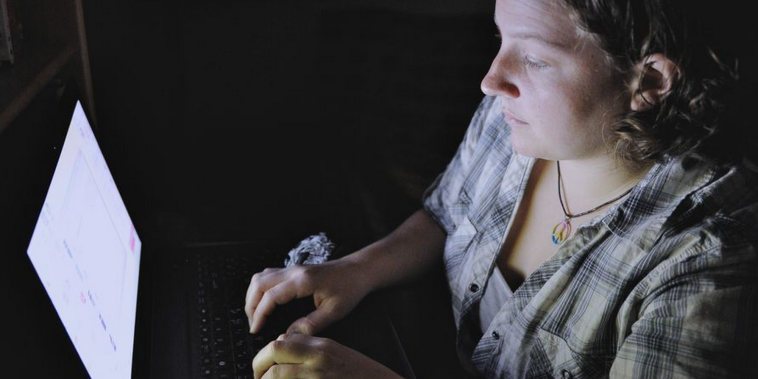NEW YORK — A new study confirms what many Internet users know all too well: Harassment is a common part of online life.
Videos By Rare
The first-of-its-kind report by the Pew Research Center found that nearly three-quarters of American adults who use the Internet have witnessed online harassment. Forty percent have experienced it themselves.
The types of harassment Pew asked about range from name-calling to physical threats, sexual harassment and stalking. Half of those who were harassed said they didn’t know the person who had most recently attacked them.
Young adults — people 18 to 29 — were the most likely age group to see and undergo online harassment. Women ages 18 to 24 were disproportionately the victims of stalking and sexual harassment, according to the survey. And people who have more information available about themselves online, work in the tech industry or promote themselves on the Internet, were also more likely to be harassed.
Starting this summer, people involved in an online campaign termed “Gamergate” have been harassing several prominent women in the video game industry and their supporters for criticizing the lack of diversity in games and how women are portrayed. One of the targets is Brianna Wu, a software engineer and founder of game developer Giant Spacekat. Wu, who is in her mid-30s, said she has frequently been harassed online, but it’s gotten worse this year.
Earlier this month, people threatened her and her husband with rape, death and castration on Twitter and posted her address online, she said, and they have been trying to impersonate her on the Internet to smear her reputation. She got so frightened that she left her home in Boston.
Wu went to the police, but most people harassed online don’t. According to Pew, just 5 percent of those who were harassed reported the incident to law enforcement, while nearly half confronted the person online. Forty-four percent said they unfriended or blocked the person.
But victims of harassment often don’t know where it’s coming from. Thirty-eight percent of people who were harassed online said a stranger was behind the threats, and another 26 percent didn’t know who the person was.
Among other key findings from Pew:
— Two-thirds of those who were harassed said the most recent incident took place on a social networking site or app, while 22 percent saw it happen in the comments section of a website. Sixteen percent, meanwhile, said it happened in online gaming.
— Men were more likely to be called offensive names than women. Of all Internet users (89 percent of the U.S. population), 32 percent of men and 22 percent of women were called names. Men were also more likely to be physically threatened.
— Not everyone said they were hurt by online harassment. While 14 percent of people found their most recent incident “extremely upsetting,” 22 percent said it was “not at all upsetting.” The rest of the people surveyed had reactions in between.
The telephone and online survey was conducted between May 30 and June 30 among 3,217 respondents. It has a margin of error of plus or minus 2.2 percentage points.

